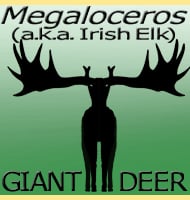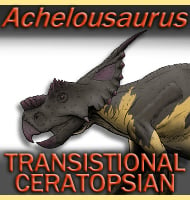In Depth
As a late surviving member of the group, Varanops is often cited as one of the last of the pelycosaurs. With its relatively long legs, Varanops may have been more suited to open ground, as opposed to dense undergrowth where they may have been of a hindrance. They may have also provided for sudden bursts from an ambush point if Varanops employed ambush tactics as a hunting strategy.
The skulls are often damaged in the fossilisation process, due to their light build for their size, but have revealed a fenestra in the lower jaw that is positioned below the temporal fenestra of the skull. This could be to save skull weight of allow for more specialised muscle attachment. The teeth are curved and laterally compressed for slicing. The teeth towards the middle of the upper jaw are also enlarged, possibly suggesting prey that was agile, and requiring numerous smaller teeth at the front to grip, yet of a size requiring larger teeth to deal with. These prey items may have been some of the diapsid reptiles like Araeoscelis and maybe even terrestrial amphibians like Cacops.
Varanops did not survive to see the Permian extinction, and is thought to have succumbed to competition from both the diapsids and therapsids that were becoming more common, and more capable predators.
Further Reading
– American Permian vertebrates. – University of Chicago Press, Chicago: 130 pp. – Samuel W. Williston – 1911. – The osteology of some American Permian vertebrates. – Contributions of the Walker Museum 1: 107–162. – Samuel W. Williston – 1914. – An articulated skeleton of Varanops with bite marks: the oldest known evidence of scavenging among terrestrial vertebrates. – Journal of Vertebrate Paleontology 26 (4): 1021–1023. – Robert R. Reisz and Linda A. Tsuji – 2006. – Varanops brevirostris (Eupelycosauria: Varanopidae) from the Lower Permian of Texas, with discussion of varanopid morphology and interrelationships. – Journal of Vertebrate Paleontology 30 (3): 724–746. – Nicol�s E. Campione & Robert R. Reisz – 2010.











